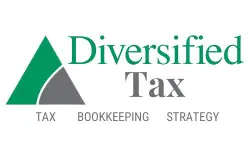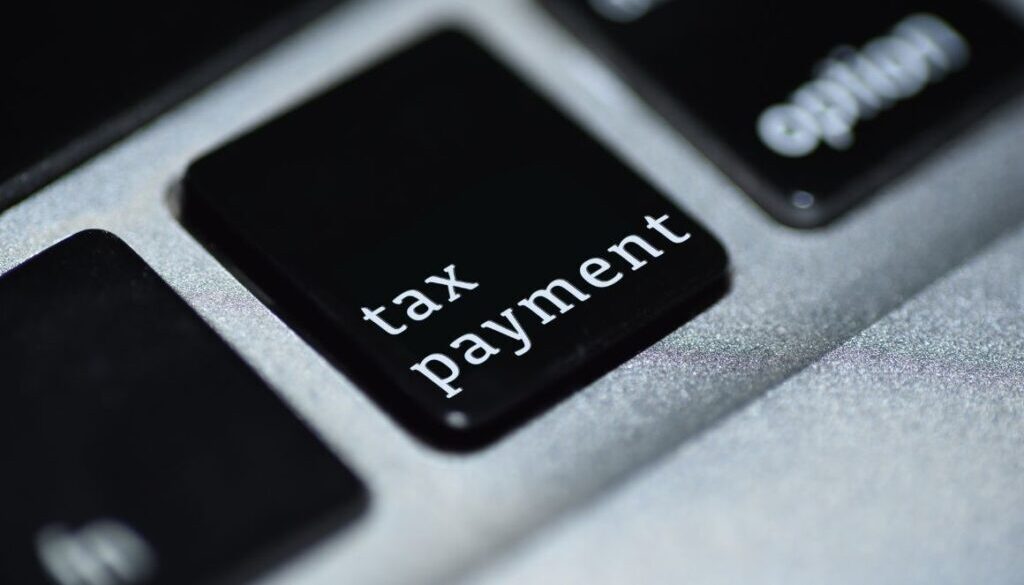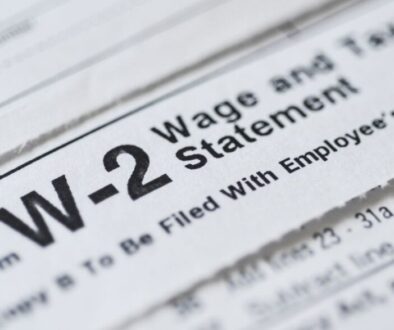Understanding Estimated Tax Payments: Can You Pay Them All at Once?
Table of Contents
Understanding Estimated Tax Payments: Can You Pay Them All at Once?
When it comes to managing your finances, understanding estimated tax payments is crucial, especially for self-employed individuals or those with significant income not subject to withholding. Many taxpayers grapple with the question: Can I pay estimated taxes all at once? This article will explore the intricacies of estimated tax payments, the implications of making a lump-sum payment, and the best practices for managing your tax obligations.
What Are Estimated Taxes?
Estimated taxes are periodic payments made to the IRS throughout the year to cover tax liabilities that are not withheld from income. This typically applies to self-employed individuals, freelancers, and those with investment income. The IRS requires these payments to help ensure that taxpayers contribute to their tax obligations throughout the year rather than waiting until the annual tax filing deadline.
Who Needs to Pay Estimated Taxes?
Not everyone is required to pay estimated taxes. Generally, you need to make estimated payments if you expect to owe at least $1,000 in taxes after subtracting your withholding and refundable credits. Additionally, if you expect your withholding to be less than 90% of your tax liability for the current year or 100% of your tax liability from the previous year, you may also need to make these payments.
How Are Estimated Taxes Calculated?
Calculating estimated taxes involves estimating your total income for the year, determining your expected tax liability, and then dividing that amount into four payments. Here’s a simple formula to help you estimate your taxes:
- Estimate Your Total Income: Include wages, self-employment income, dividends, and any other sources of income.
- Determine Your Tax Liability: Use the current tax brackets to ascertain your tax liability based on your estimated income.
- Subtract Withholdings and Credits: Deduct any withholdings and eligible tax credits from your estimated tax liability.
- Divide by Four: If you plan to make quarterly payments, divide your estimated tax liability by four to determine your quarterly payment amount.
The Schedule for Estimated Tax Payments
Estimated taxes are typically due in four quarterly installments throughout the year. The standard schedule is as follows:
- 1st Payment: Due April 15
- 2nd Payment: Due June 15
- 3rd Payment: Due September 15
- 4th Payment: Due January 15 of the following year
It’s important to note that if any of these dates fall on a weekend or holiday, the due date is usually extended to the next business day.
Can You Pay Estimated Taxes All at Once?
The short answer is yes, you can pay your estimated taxes all at once, but there are several factors to consider before doing so. While the IRS allows taxpayers to make a lump-sum payment for the entire year, it’s essential to understand the implications of this approach.
Potential Advantages of Paying Estimated Taxes All at Once
- Simplicity: Making a single payment can simplify your financial planning and reduce the number of transactions you need to manage.
- Avoiding Penalties: By paying your estimated taxes in full, you may avoid underpayment penalties that could arise from missing quarterly payments.
- Peace of Mind: Paying your taxes upfront can relieve the stress of managing multiple payments throughout the year.
Potential Disadvantages of Paying Estimated Taxes All at Once
- Cash Flow Impact: Paying all at once can significantly impact your cash flow, especially if you have other financial obligations to meet.
- Potential Overpayment: If your income fluctuates throughout the year, you may overestimate your tax liability and pay more than necessary.
- Interest on Overpayments: If you overpay, the IRS may hold your funds without paying interest until you file your tax return.
How to Make a Lump-Sum Payment
If you decide to pay your estimated taxes all at once, here’s how to do it:
- Calculate Your Estimated Tax Liability: Use the method outlined earlier to determine your total estimated tax for the year.
- Choose Your Payment Method: You can make your payment via:
- Electronic Funds Withdrawal: Directly from your bank account when you e-file your tax return.
- IRS Direct Pay: Pay directly from your bank account through the IRS website.
- Credit or Debit Card: Use a credit or debit card to make your payment online. Note that a processing fee may apply.
- Check or Money Order: Mail a check or money order made out to the “United States Treasury” along with Form 1040-ES.
- Keep Records: Maintain a record of your payment confirmation for your financial records.
Best Practices for Managing Estimated Taxes
Managing estimated taxes can be daunting, but following these best practices can help simplify the process:
1. Track Your Income and Expenses
Regularly monitor your income and expenses throughout the year. This will allow you to adjust your estimated tax payments based on your actual earnings and help you avoid overpaying or underpaying.
2. Use Tax Software or Consult a Professional
Consider using tax software or consulting a tax professional to assist you in estimating your tax liability accurately. These tools can provide valuable insights and help you navigate complex tax laws.
3. Review Your Payments Regularly
Reassess your estimated payments periodically, especially if you experience significant changes in your income. Adjust your payments accordingly to avoid penalties.
4. Set Aside Funds for Taxes
Consider setting aside a specific amount of your income for taxes each month. This can help you manage your cash flow and help ensure you have the funds available when it’s time to make your estimated payments.
What Happens If You Miss an Estimated Tax Payment?
Failing to make an estimated tax payment can lead to penalties and interest. The IRS may impose a penalty if you underpay your estimated taxes or fail to pay on time. Here’s what you need to know:
Penalty Calculation
The penalty for underpayment is calculated based on the amount of the underpayment and the interest rate set by the IRS. The interest rate may change quarterly, so it’s crucial to stay informed.
How to Avoid Penalties
To avoid penalties, seek to ensure that you pay at least 90% of your current year’s tax liability or 100% of the previous year’s tax liability (110% if you earn over $150,000). You can also make additional payments during the year to catch up if you miss a deadline.
Conclusion
In conclusion, while you can pay estimated taxes all at once, it’s essential to weigh the pros and cons of this approach. By understanding your tax obligations and planning accordingly, you can manage your estimated tax payments effectively.
Whether you choose to make quarterly payments or a lump-sum payment, staying informed and organized will help you navigate your tax responsibilities with confidence. If you have further questions about your specific tax situation, consider consulting a tax professional for personalized advice.




